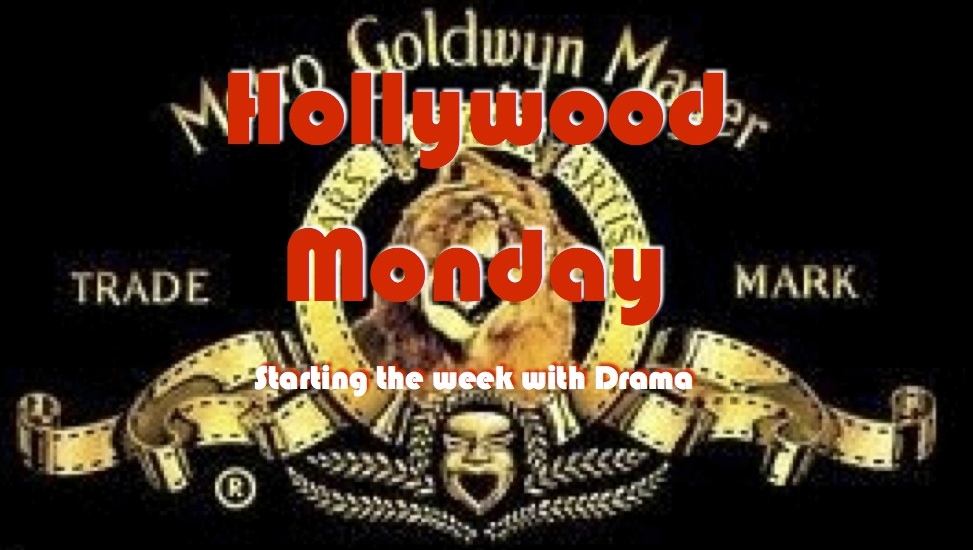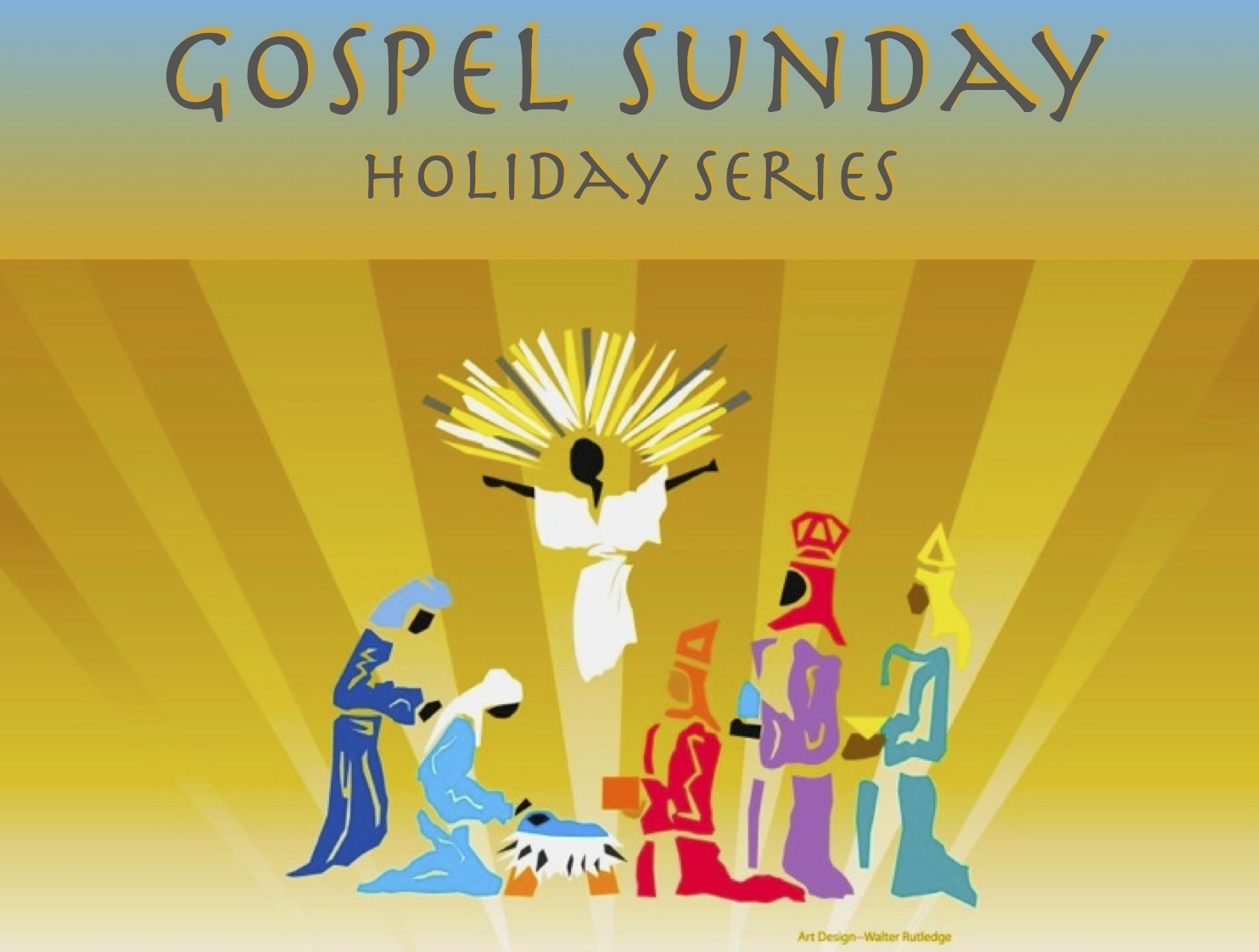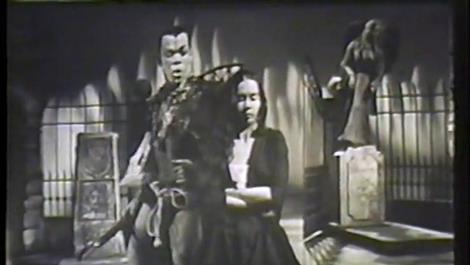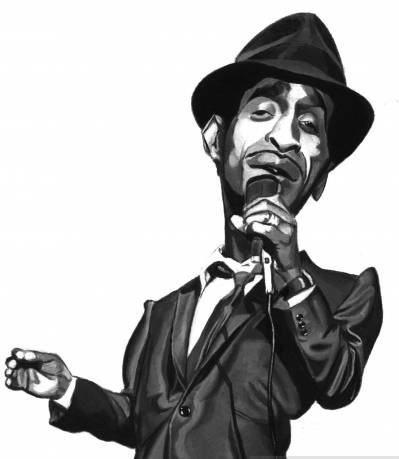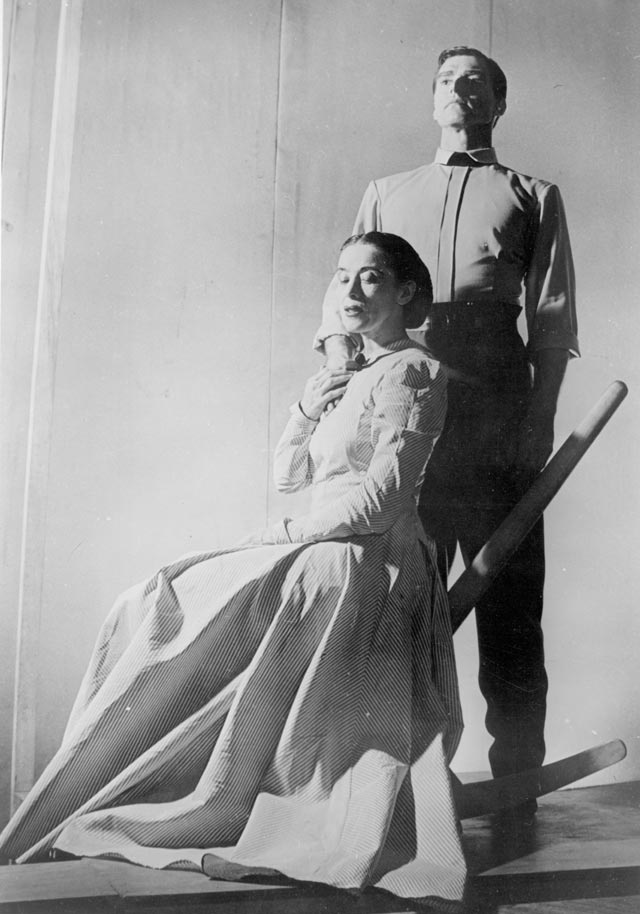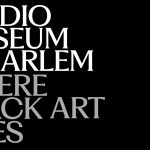By Walter Rutledge

The life of a bank clerk at the Government Savings Bank in Kingston, Jamaica was not going be Clive Thompson’s fate; he had been a performer for most of his life. Clive and his sister Norma had been childhood favorites in the local talent shows and were part of the “opening act” in Children’s Corner Club at the Saturday matinees. After seeing the Katherine Dunham Dance Company perform and a chance encounter with modern dance teacher Ivy Baxter he began formal dance classes.
Clive Thompson: The Graham Years (Part Two)
Then the aspiring dancer saw the Martha Graham film A Dancer’s World, and he was determined to go to New York and study at the Martha Graham School of Contemporary Dance. During the summer of 1960 Clive had the opportunity to represent Jamaica at dance festivals in Cuba and Trinidad; and it was shortly after returning he decided to use his accumulated vacation time to visit New York City. He had no idea that this trip would be his “escape” from the confines of this mundane banking job, and the next great chapter in his artistic journey.
Clive arrived in New York City on August 17, 1960, and was met at the airport met by his Aunt Hazel and Uncle Boysie De Mercado. Hazel, a registered nurse, and Boysie, an electrical engineer, had immigrated many years earlier in pursuit of the American dream. The couple lived on Pacific Street in Brooklyn; and was eager to help their nephew navigate the city, and make a new life in the America’s most celebrated metropolis.
They not only provided him shelter, but also kept a protective and watchful eye of the young Jamaican transplant. “I had to be home by ten clock. If I was late my Aunt Hazel would lock the door and I had to knock to get in”, chuckled Clive. There was a warm look in his eyes as he recalled those times.
Boysie accompanied him to the Graham School, paid his ten-dollar registration fee and bought him a ten-class card for twenty dollars. During his second week of classes a small, diminutive women can into class and sat in the back of the room. The class suddenly exploded with energy and a surprising vigor. A bewildered Clive said to myself, “ What’s the matter with these Americans? They’re crazy! One minute they’re groaning and the next they are working like mad.” Before the end of the class the woman approached Clive and announced, “I am Martha Graham may I speak to you?”
Clive had only seen Graham in the film where her magnetic presence made her a cinematic giant. When Clive stood up he immediately towered over modern dance’s high priestess. Unbeknownst to Clive an introduction and scholarship request from the United States Information Agency (U.S.I.A.) in Jamaica had alerted Graham to his New York visit and desire to study dance. Her mission that day was to observe him and access his potential.
Graham summoned him to her office and told him, “Clive I must have you on scholarship”. By day’s end Clive’s Visit Visa was changed to a Green Card, allowing him to work twenty hours a week. His class schedule also increased he was now taking two Graham classes, a ballet class and a choreography class with Louis Horst daily. He rose to the challenge of his hectic schedule and quickly adapted to his new environment.
“I was filled with excitement at the energy and wonder of New York City, with its Skyscrapers and never ending activities. I jumped right into the fray. It was as if my entire life in Jamaica was a preparation for my new life, which was about to be born. I wanted to see everything relating to dance and meet everybody in dance that I could only see in the books that I have read”, recalls Thompson.
The exuberance quickly led to fatigue. On his afternoon break he would find a spot outdoors and take a nap on a bed of newspaper. Soon the hot “Dog Days” of August became a cool autumnal September, and Clive found refuge in a cinema on Second Avenue. “After my first class, I had between twelve and two free and I’d go to a movie theater on Second Avenue to sleep. Two sweet little white headed ladies who ran it would wake me up at a certain time and after a while I didn’t I didn’t even have to pay to get in.”
He finally did adjusted to his daily schedule and it soon changed from rigorous to routine. It took him less than six months to go from beginner classes to the advanced class. One day Graham came into the studio and said, “ I need a boy”. She smiled and said to Clive “Oh there you are, come.” He joined her in studio three, “Lift Helen” she requested. “She just wanted a strong boy to lift Helen McGehee, who was playing the Goddess”, laughed Clive. Graham, Helen McGehee, Clive and the pianist worked for only twenty minutes, and were able to create the entire section in that first rehearsal.

By the time One More Gaudy Night, debuted in the 1961 season Clive’s role had been expanded and developed from Helen’s strong man into The God. Clive had also gone from a student in the school to a soloist in the company. He not only performed in classic Graham works such as Clytemnestra, Acrobats of God, Errand Into the Maze and Canticle For Innocent, she also created roles for him in Secular Games, Circe and Cortege of Eagles.
Abrobats of God- Clive Thompson Excerpts
This was a very significant time in his development; and Graham became a major influence in the young dancer’s professional and personal life. “Martha, for me, became a mother, because I was very young, naïve and fresh from the islands. And I learned so much. When she was doing Phaedra she didn’t retell the entire tale handed down through the ages, but used one moment, trying to find out why Phaedra acted as she did to her stepson.”
“She works on that in her imagination, speculating on the reason why, and this is a wonderful approach to dance and theater, because you get involved in character. The characters unfold and become real individuals. From the moment the curtain goes up you are telling, reliving the story right until the curtain comes down. It all unfolds with you, by you, on the stage.”

It was during this time Clive met Elizabeth Jane Lauter a dancer, choreographer and teacher. They were married on March 21st 1963. Three years later their son Christopher Eric Thompson was born and Martha Graham became his Godmother. This was an exciting and fulfilling time for Clive. In the off-season Clive became a “gypsy” dancing in the companies of Talley Beatty, Katherine Durham, Geoffrey Holder, Pearl Lang, Walter Nicks, Pearl Primus, YURIKO and the Toronto Dance Theater.

By 1970 Clive wanted an artistic change and decided it was time to leave the Graham Company. “I remember after my difficult decision walking despondently across Sixty-third Street and running into Dudley Williams, who had been with Graham, and left long ago. He said Kelvin Rotardier was injured and Alvin Ailey needed somebody. “I’d worked with Alvin in the off-season, but now I had five days to learn an entire new repertoire, and that’s when I became exclusively Ailey’s.”
Look for Part 3: Alvin Ailey coming soon
In Photo: 1&2) Clive Thompson (2. in Clymenestra) 3) A birthday party for Louis Horst at M.G’s. L to R – Louis Horst, Liz Thompson, Clive Thompson, Martha Graham and Jose Limon. Seated back to camera Helen McGehee..4) Liz, Clive and Christopher Thompson
Photo Credit: 1) Jack Mitchell 2) OLEAGA 3) Martha Swope-NYC 4) Herb Migdoll





